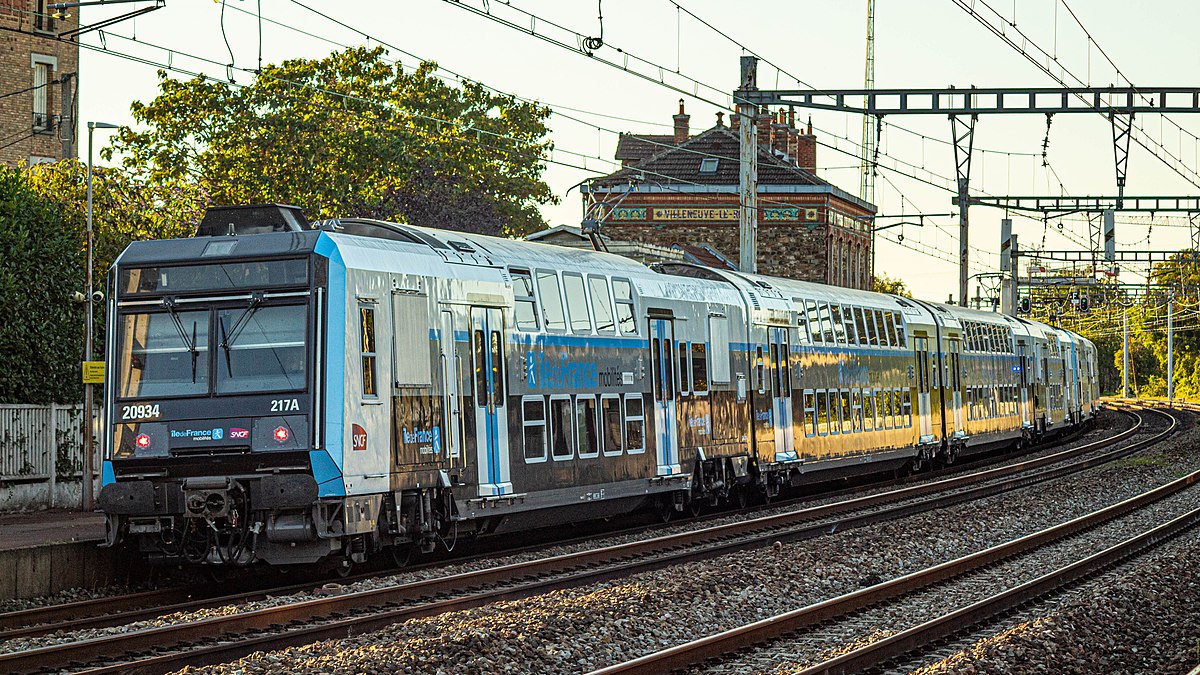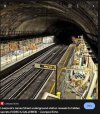Dr Hoo
Established Member
That says far more about the relative size of the 'standbacks' in my view. Also Piccadilly trains tend to be more cluttered up with luggage and 'occasional' travellers (largely airport related) than regular commuters from Chiswick Park or Gunnersbury.Go and stand on the platform at Hammersmith on a busy peak, and compare the District to the Picaddilly trains. The S stock just swallow people, compared to having to squeeze past each other to get on and off the Pic trains.
(I have not seen things at Hammersmith since Covid began.)


